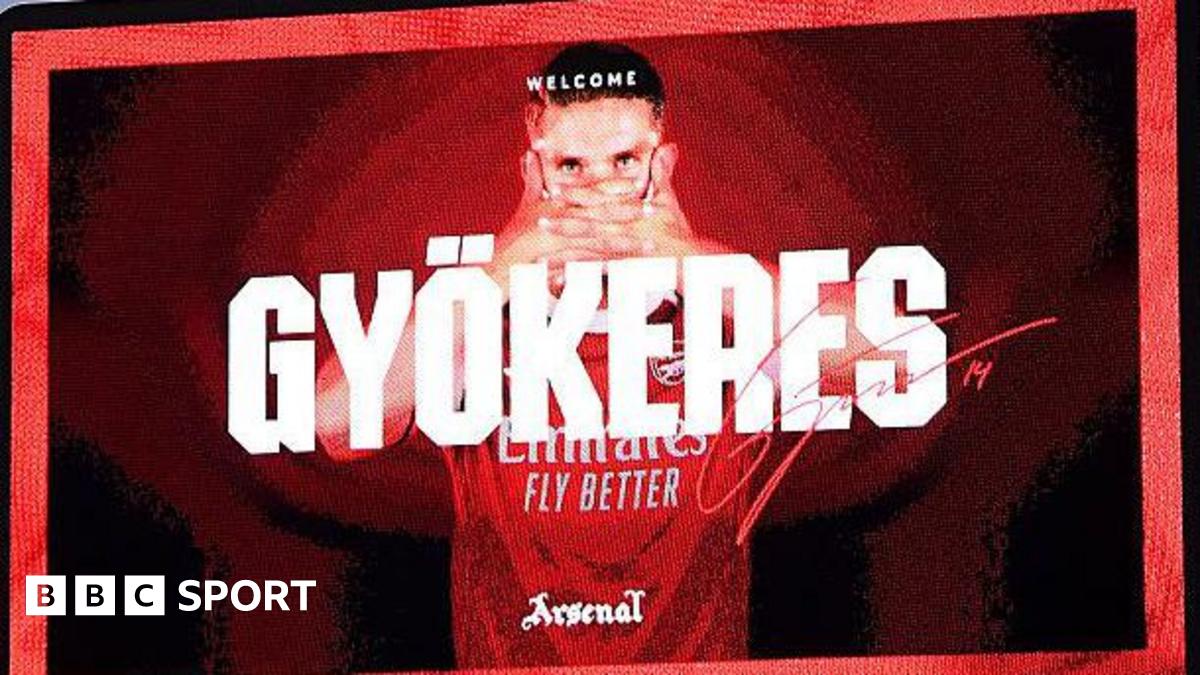The anticipation surrounding Arsenal’s new signing, Viktor Gyokeres, reflects a widely held belief that a prolific striker was the missing piece in their Premier League title aspirations. While the Gunners’ defensive record was commendable last season, their goal tally significantly lagged behind rivals like Liverpool, prompting the strategic acquisition of a forward expected to bridge this crucial gap and propel them to championship contention.
However, a deeper statistical dive reveals that Arsenal’s primary challenge last season wasn’t merely the conversion of chances, but rather the fundamental issue of creating a sufficient volume of high-quality opportunities. Conventional metrics, such as overall shot conversion rates, can often be misleading, particularly when influenced by factors like penalty kicks, which disproportionately inflate a team’s apparent finishing efficiency.
When isolated from penalty situations, the true picture of Arsenal’s finishing ability emerges. Analysis of non-penalty shot conversion rates indicates that the Gunners were, in fact, marginally more clinical than Liverpool. This nuanced perspective underscores that the narrative around Arsenal’s ‘finishing problem’ may have been misdirected, diverting attention from the underlying creative deficiencies that hampered their offensive output.
The substantial disparity in goal tallies between Arsenal and the champions primarily stemmed from a significant difference in chance generation. Had Mikel Arteta’s side produced the same number of non-penalty shots as their closest competitors, maintaining their established conversion rate, they could have realistically added a considerable number of goals to their season total. This highlights that even impeccable finishing cannot compensate for a lack of genuine scoring opportunities.
Furthermore, it wasn’t just the quantity of chances where Arsenal fell short; the quality of their chances also lagged. Data suggests that Liverpool consistently created opportunities with a higher expected goal value per shot. This implies that the champions were crafting clearer, more direct paths to goal, demanding less from their forwards to convert, whereas Arsenal’s offensive efforts often originated from less advantageous positions.
Viktor Gyokeres’ arrival is poised to address this multifaceted problem. His impressive shot volume per 90 minutes in the Primeira Liga significantly surpasses that of Arsenal’s current attacking options, Gabriel Jesus and Kai Havertz. While striker performance is inherently linked to team service, Gyokeres’ demonstrated ability to find space and provide options suggests he will be a critical catalyst in increasing Arsenal’s overall shot count and offensive dynamism.
Beyond his individual goalscoring prowess, Gyokeres also possesses a notable capacity for chance creation and drawing fouls within the box, evidenced by his high rankings in chances created from open play and penalties won. This comprehensive attacking profile indicates that he is not just a finisher, but a multifaceted forward who can significantly enhance Arsenal’s creative output, supplying the vital ammunition needed for a sustained Premier League title challenge.






Leave a Reply